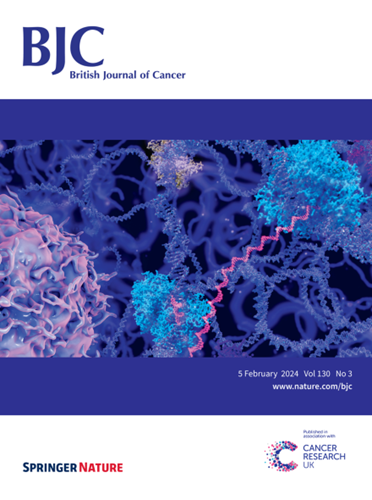肺癌胸腔放疗后的心脏毒性。
IF 6.4
1区 医学
Q1 ONCOLOGY
引用次数: 0
摘要
放疗是治疗无法切除的非小细胞肺癌的标准疗法,并与同期化疗和辅助免疫疗法相结合。尽管放疗计划和给药技术不断进步,但对周围胸部组织造成损伤的风险仍然很高。接受放疗的肺癌患者中有 20% 会出现心脏问题,包括心律失常、心力衰竭和缺血性事件。随着这类患者生存率的逐步提高,最大限度地降低放疗的心血管发病率变得越来越重要。令人担忧的是,胸部放疗临床试验中的心脏终点报告一直不完善,回顾性研究也因术语和终点缺乏标准化而受到限制。人们对心血管基线情况和心脏亚结构辐射剂量分布如何影响心脏毒性风险尚不完全了解。随着胸腔肿瘤科寻求扩大放疗的适应症,以及患者年龄越来越大、合并症越来越多,迫切需要通过复杂的肿瘤学、物理学和心肿瘤学评估来全面描述心脏毒性。本综述综合了常规放疗中心脏毒性的证据基础,重点关注肺癌,包括当前数据、未满足的临床需求和未来的科学方向。本文章由计算机程序翻译,如有差异,请以英文原文为准。

Cardiotoxicity following thoracic radiotherapy for lung cancer
Radiotherapy is the standard of care treatment for unresectable NSCLC, combined with concurrent chemotherapy and adjuvant immunotherapy. Despite technological advances in radiotherapy planning and delivery, the risk of damage to surrounding thoracic tissues remains high. Cardiac problems, including arrhythmia, heart failure and ischaemic events, occur in 20% of patients with lung cancer who undergo radiotherapy. As survival rates improve incrementally for this cohort, minimising the cardiovascular morbidity of RT is increasingly important. Problematically, the reporting of cardiac endpoints has been poor in thoracic radiotherapy clinical trials, and retrospective studies have been limited by the lack of standardisation of nomenclature and endpoints. How baseline cardiovascular profile and cardiac substructure radiation dose distribution impact the risk of cardiotoxicity is incompletely understood. As Thoracic Oncology departments seek to expand the indications for radiotherapy, and as the patient cohort becomes older and more comorbid, there is a pressing need for cardiotoxicity to be comprehensively characterised with sophisticated oncology, physics and cardio-oncology evaluations. This review synthesises the evidence base for cardiotoxicity in conventional radiotherapy, focusing on lung cancer, including current data, unmet clinical needs, and future scientific directions.
求助全文
通过发布文献求助,成功后即可免费获取论文全文。
去求助
来源期刊

British Journal of Cancer
医学-肿瘤学
CiteScore
15.10
自引率
1.10%
发文量
383
审稿时长
6 months
期刊介绍:
The British Journal of Cancer is one of the most-cited general cancer journals, publishing significant advances in translational and clinical cancer research.It also publishes high-quality reviews and thought-provoking comment on all aspects of cancer prevention,diagnosis and treatment.
 求助内容:
求助内容: 应助结果提醒方式:
应助结果提醒方式:


